This weekend was the series finale of AMC's massively popular crime drama Breaking Bad, concerning the tragic fall of high school science teacher tuned meth kingpin Walter White (Bryan Cranston). A critical and commercial success, Breaking Bad is also one of the most grisly and graphic shows on TV. The show's violence can be gory, but it's never gratuitous. The violence is designed to provide a visceral gut punch to complement the series' heavy themes and high emotions.
Here is a look at the science behind some of the show's most grisly moments.
1. Here's the breakdown
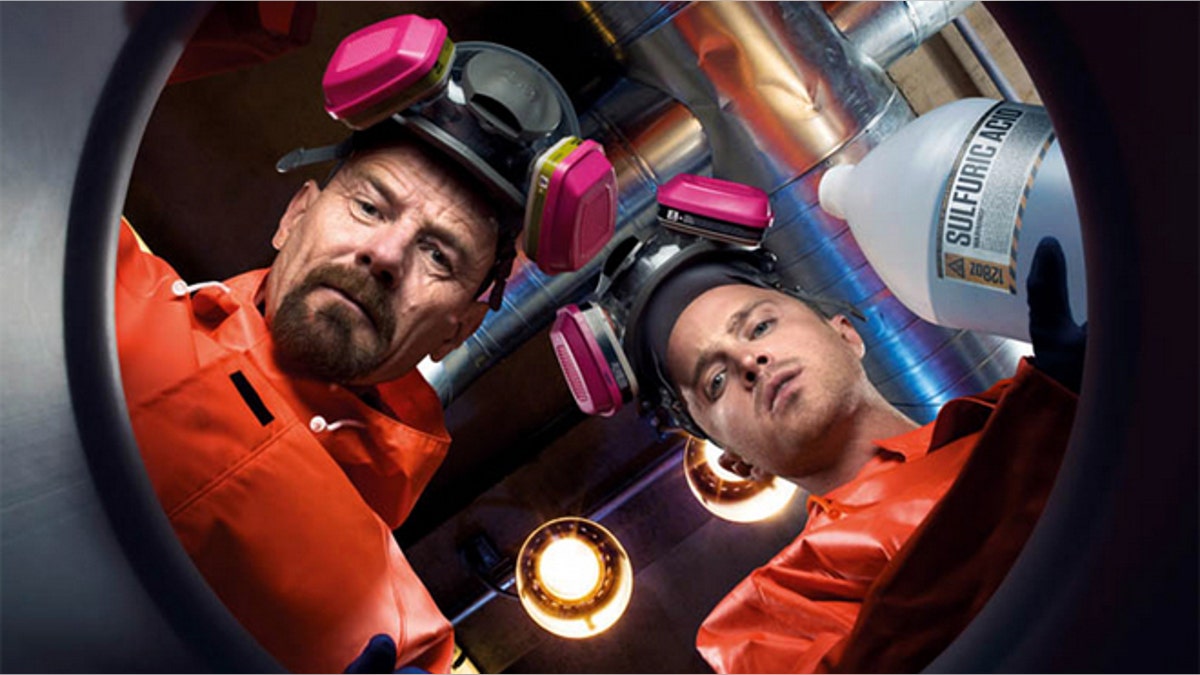
Bryan Cranston and Aaron Paul star in AMC's Breaking Bad. (AMC)
Breaking Bad has a reputation for taking its science seriously. Walter White often relies on his knowledge of chemistry to get himself out of jams, and/or dig himself in further, as the case may be. With the series finale on the horizon, we spoke about the show's brand of gruesome science with Doug Young, professor of chemistry at the College of William and Mary, and an expert in bio-organic and medicinal chemistry.
"For me as a scientist, a lot of shows are hard to watch, because of the inaccuracies," Young said. "But I think Breaking Bad does a pretty good job with the science." A longtime fan, Young agreed to take a look at five of the show's most iconic and grisly character deaths, and discuss the science behind the trauma.
9 Incredibly Creative Drug Smuggling Tricks
2. Gus Fring loses face
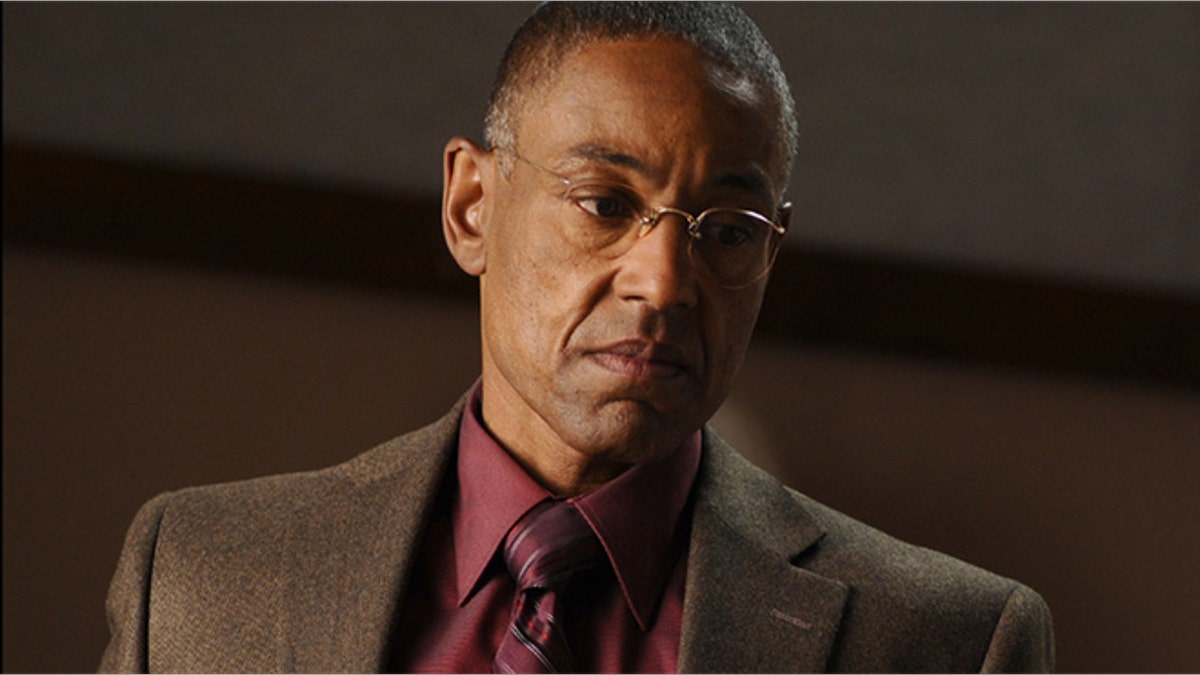
(AMC)
In one of the series' most jaw-dropping sequences, villainous drug lord Gus Fring is dispatched by way of a remote control bomb in a hospital room. After the bomb detonates, Fring is seen from the side calmly exiting the room and adjusting his tie. Then the camera pans and we see that the other side of his face has been literally blown off. After a few beats, Gus drops dead.
Young says that, in this scene, Gus is clearly being depicted as experiencing acute stress reaction, more commonly knows as "going into shock." Shock can cause people to ignore pain and fall into a dissociative state, but that the show is probably sacrificing science for dramatic effect in this particular instance.
"With the shock response, you get a lot of adrenaline and other hormones," Young says. "Everyone reacts to stress or trauma in different ways and a lot of biological events go on. But that injury is pretty substantial. I'm pretty sure that calmly walking out of the room would not be possible."
PHOTOS: Animals Caught Doping Show No Remorse
3. Emilio gets an acid bath
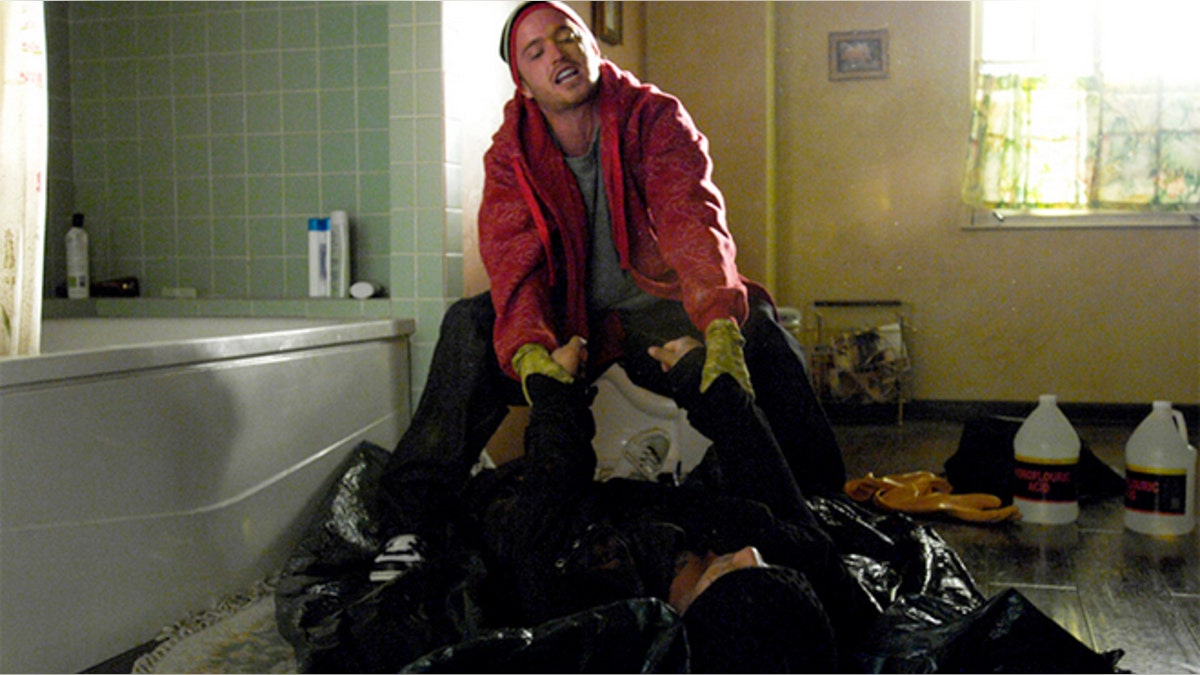
(AMC)
In another famously gruesome scene, our (anti-) heroes attempt to dispose of a corpse -- that of rival dealer Emilio Koyama -- by dissolving the body with acid in a bath tub. But the strategy turns into a housekeeping nightmare when the acid eats through the tub, and the floor beneath, dropping a gumbo of bloody goo into the hallway below.
The acid used in this scene is not likely to eat through a bathtub or floor, or even a dead body, Young says. "I looked this one up, and I think what they used was hydroflouric acid. That's not a particularly strong acid. I think the reason they used it in the show is that it would react with the calcium in the bones. If you really wanted to dissolve a body, you would probably use a strong base like lye. That degrades all your proteins and fats. But I think its more dramatic to say you're using acid."
By the way, the guys over at Mythbusters tackled this question directly with their usual hands-on, two-fisted approach to science. You can see clips online.
4. Walter lets Jane choke
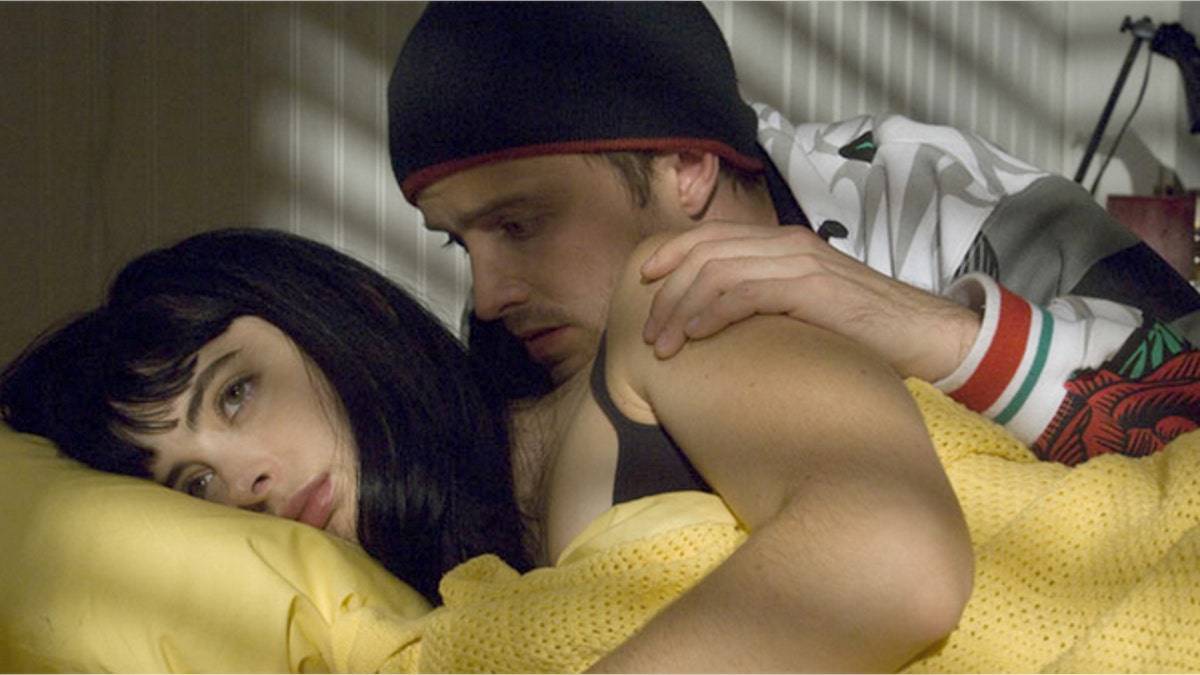
(AMC)
Walter's descent to the dark side continues when he allows Jesse's addict girlfriend Jane to asphyxiate on her own vomit as she lies passed out in bed. Although Walt could have easily turned Jane to the side, or otherwise helped her through the overdose episode, he chooses to let her die and make it look like an accident.
Young says that death in this instance is pretty straightforward, and basically the same as choking on any kind of foreign object or substance. When people choke to death on their own vomit, it's often because they're too inebriated for even unconscious survival reactions to kick in. "The vomit basically just gets stuck in your windpipe and cuts off your air supply," he says. "It just pools -- this is gross -- but it just pools in your mouth and back down the windpipe. And you just die. That's why you should sleep on your side."
BLOG: See What You Look Like as a Meth Addict
5. Max takes a hit
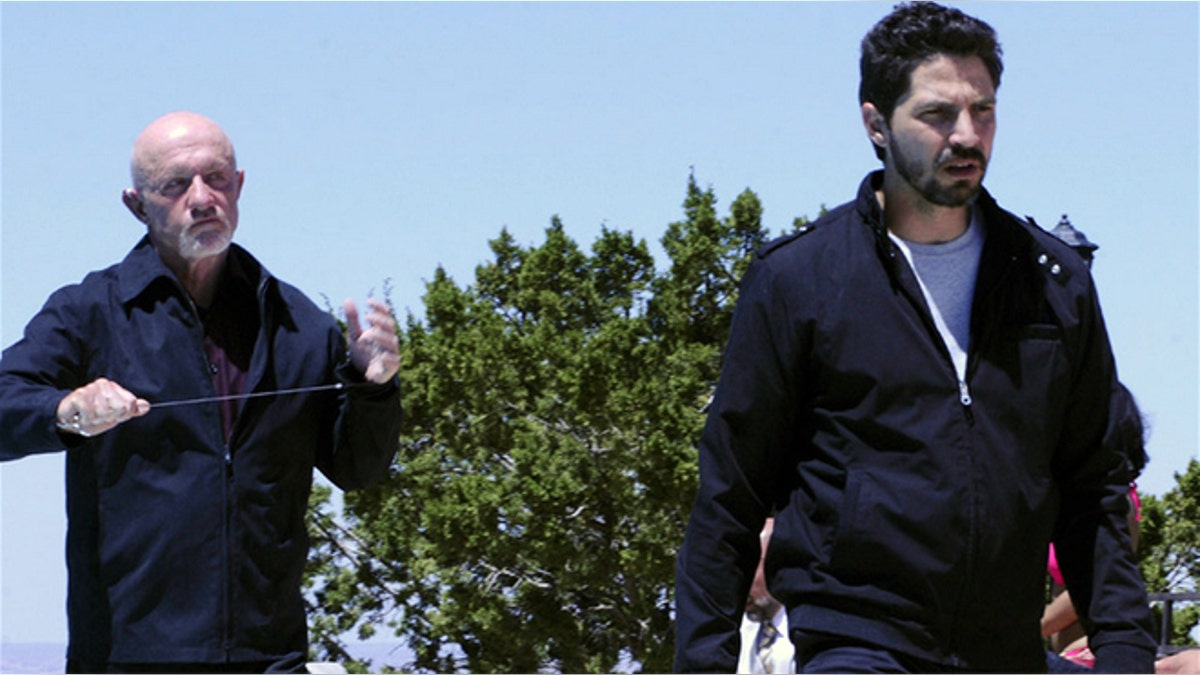
(AMC)
In one particularly traumatic flashback sequence, we learn that Gus Fring's first partner, Max Arciniega, was killed by the Juarez Cartel. At a poolside meeting, Max is shot in the head by Hector Salamanca and left to slowly bleed out into the pool as Gus is forced to watch.
Young says the scene rings true in terms of how a body would bleed out after a gunshot wound to the head. The average adult male has about 8 to 10 pints of blood in the body, or a little more than a gallon.
"The time it takes to bleed out depends on the wound," Young says. "If you hit an artery, the heart is going to push the blood out a lot faster and you'll bleed out quickly. It would also take longer for a head wound, because those are mostly small capillaries that are spread out. Those are small, thin vessels that just don't have a ton of volume in terms of blood."
PHOTOS: Who Needs Weed? Drug Plants Growing In Your Yard
6. Tortuga crosses the desert
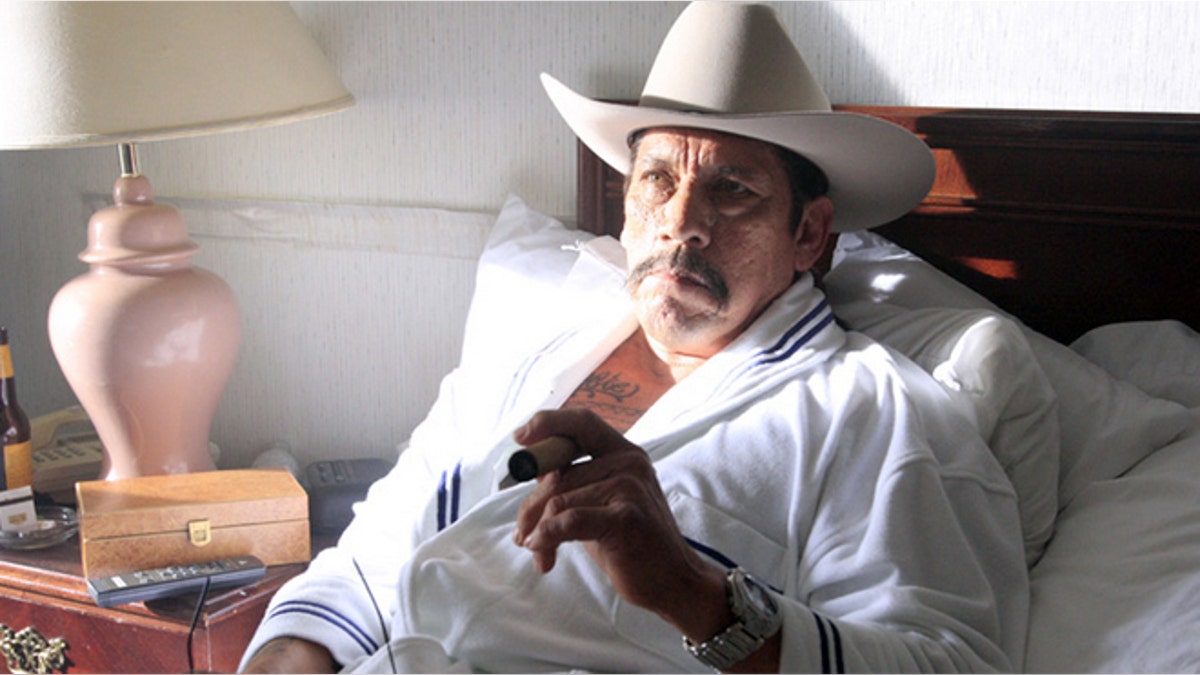
(AMC)
When drug runner Tortuga (Danny Trejo) -- the name means "Tortoise" -- runs afoul of the Juarez Cartel in Season Two, it leads to another famously gruesome Breaking Bad moment. As DEA agents wait in the desert for a drug deal to go down, a tortoise crawls over with Tortuga's severed head mounted on its back. In a later flashback scene, we see that Tortuga was beheaded with a machete by cartel hitmen, which raises a question that's puzzled science for centuries: In the case of sudden decapitation, does the victim retain consciousness after the head is severed?
Young says it may be impossible to ever know for sure, since decapitated individuals can't report their experience. And human decapitation experiments are, understandably, frowned upon in the non-mad scientist community. But from a chemical point of view, it's certainly possible that a person could retain some awareness after decapitation. "You still have a little blood and oxygen in the brain, so those neural synapses can still fire," Young says. "It wouldn't last very long, since you'd be quickly depleted of blood and oxygen."
Young adds that the question really has been around for centuries: "Now, I don't know if this is an urban legend, but there's a famous chemist, Lavosier. He was instrumental in constructing the periodic table. In the 1700s in France, he was beheaded. The story is that he wanted to treat his death as one final experiment. So he told his friend that, after he got the guillotine, he was going to blink as many time as he could if he was still conscious. And apparently he blinked 17 times."




















